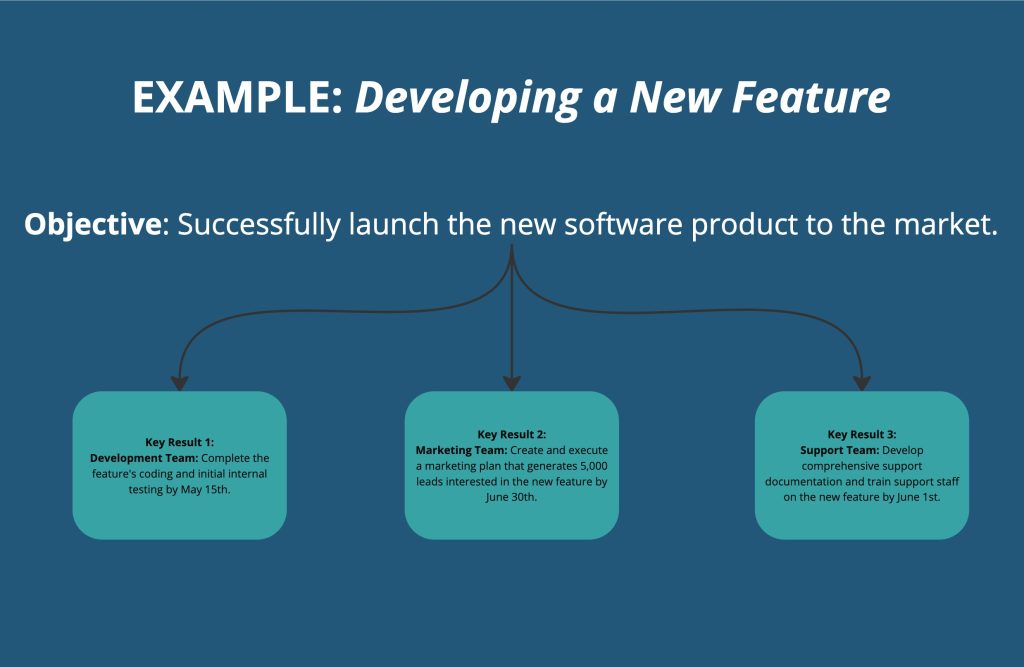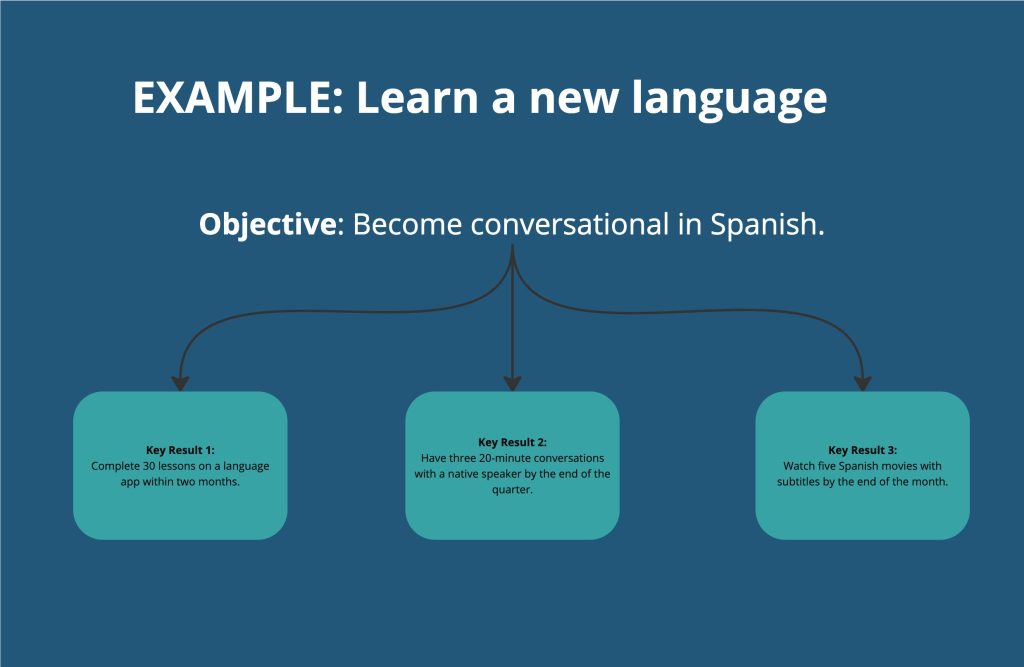
Understanding OKRs: A Simple Guide with Everyday Examples
In today’s fast-paced work environment, staying focused on the right goals is crucial. Businesses, teams, and individuals alike need a way to align their efforts and measure progress effectively. This is where **OKRs**—Objectives and Key Results—come into play.
What Are OKRs?
OKRs stand for Objectives and Key Results. It’s a goal-setting framework that helps organisations define their goals (Objectives) and track the outcomes (Key Results). The concept was popularized by companies like Intel and Google and has since become a cornerstone for many successful businesses.
Breaking Down OKRs
Objectives – What you want to achieve.
Objectives should be:
- Ambitious but achievable
- Clear and inspiring
- Time-bound (usually set quarterly)
Key Results – How you measure success.
Key Results should be:
- Specific and measurable
- Limited in number (typically 2-5 per objective)
- Linked directly to the objective

Why Are OKRs Important?
Focus and Direction
OKRs help teams and individuals focus on what truly matters. Imagine working on a large project with multiple moving parts. Without clear goals, it’s easy to get sidetracked. OKRs provide a roadmap, ensuring everyone is moving in the same direction.
Example: Work Project
Imagine you’re working on launching a new product at work. Without OKRs, the marketing team might focus on creating flashy ads, while the product team is still finalising the product details. With OKRs in place:

These OKRs ensure that every team knows their role and the timeline, avoiding wasted effort.
Alignment and Transparency
OKRs foster alignment across teams. When everyone’s goals are visible and linked to the broader company objectives, it creates a culture of transparency and accountability.
Example: Tech Project – Developing a New Feature
Imagine your company is working on developing a new feature for an existing software product. To ensure alignment across different teams (e.g., development, marketing, and support), OKRs can be used to synchronise efforts towards the successful launch of this feature.

Motivation and Engagement
Setting ambitious objectives can be incredibly motivating. It pushes teams and individuals to stretch beyond their comfort zones and achieve more than they might have thought possible.
Example: Learning a New Skill
Let’s say you want to learn a new language.

These OKRs break down the learning process into manageable steps, making the goal of learning a new language less daunting and more engaging.
How to Implement OKRs
Start Small
If you’re new to OKRs, start by setting one or two objectives with clear key results. This could be for a personal project, a small team initiative, or even a quarterly goal at work.
Review and Adjust
OKRs are not set in stone. Regularly review progress and adjust your key results as needed. The flexibility of OKRs allows for course correction without losing sight of the overall objective.
Celebrate Success
When key results are met, celebrate those successes! This not only builds morale but also reinforces the value of working towards clearly defined goals.
Book Recommendations on OKRs
For those interested in delving deeper into OKRs and how they can transform your approach to goal-setting, here are some excellent book recommendations:
This book is the go-to resource for understanding OKRs. John Doerr, who introduced OKRs to Google, explains how the system works with examples from companies like Google and Intel. It’s a practical guide for leaders looking to implement OKRs effectively.
Christina Wodtke’s book offers a more hands-on approach, focusing on how small teams can use OKRs to stay focused on their most important goals. The book is written as a business fable, making it an engaging and accessible read.
This book provides a comprehensive guide to implementing OKRs in any organisation. Niven and Lamorte cover the history, philosophy, and practical aspects of OKRs, offering strategies for rolling them out at different levels within a company.
OKRs are a powerful tool for driving focus, alignment, and motivation. By setting clear objectives and measurable key results, teams and individuals can navigate complex tasks and achieve ambitious goals. Whether you’re working on a major business initiative, managing a family budget, or pursuing personal development, OKRs can help you stay on track and reach your targets more effectively.




